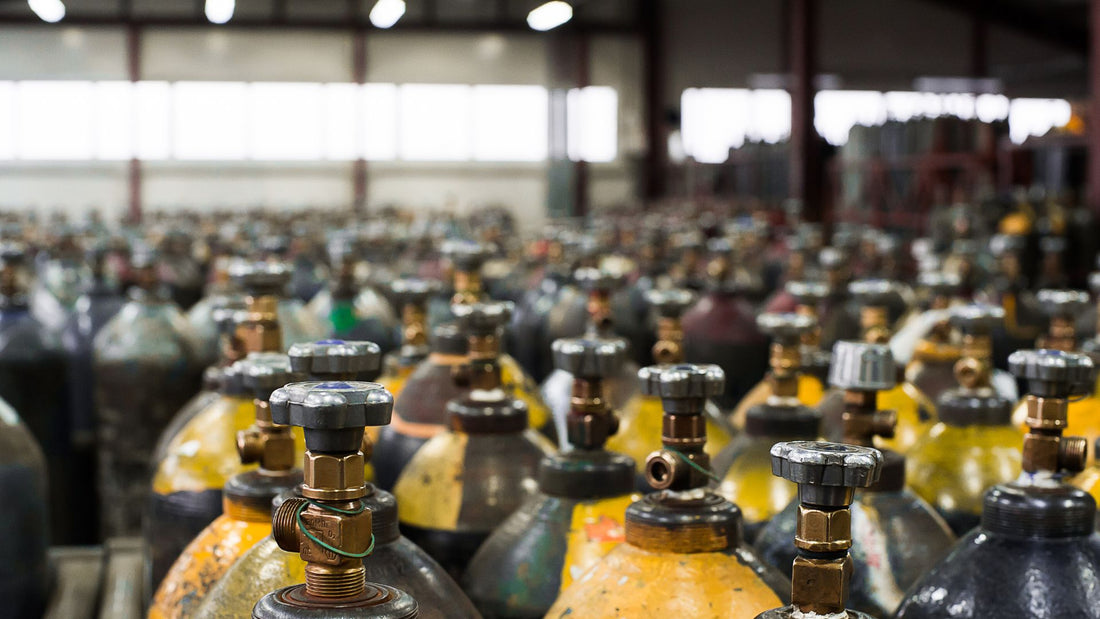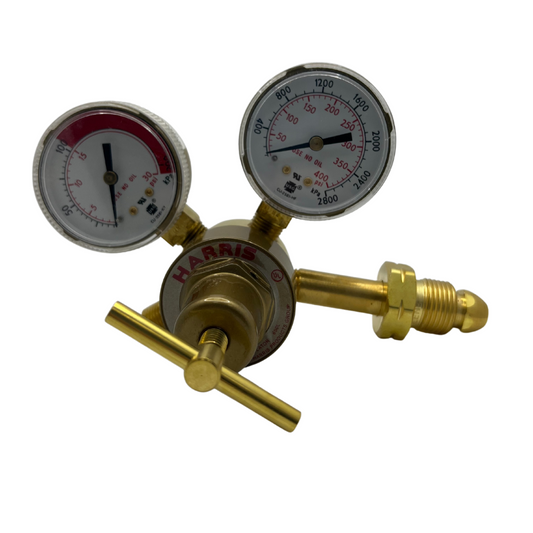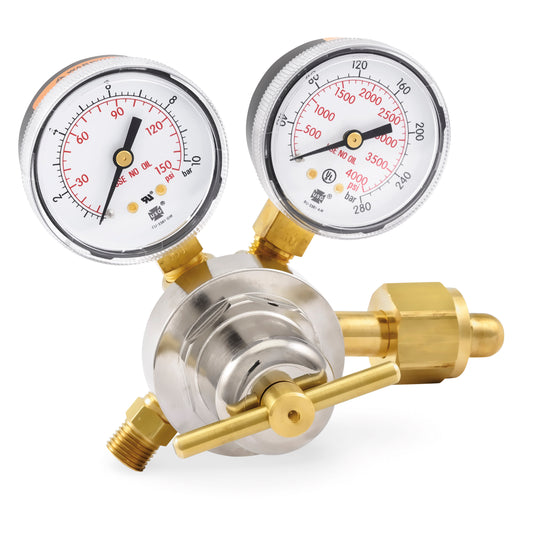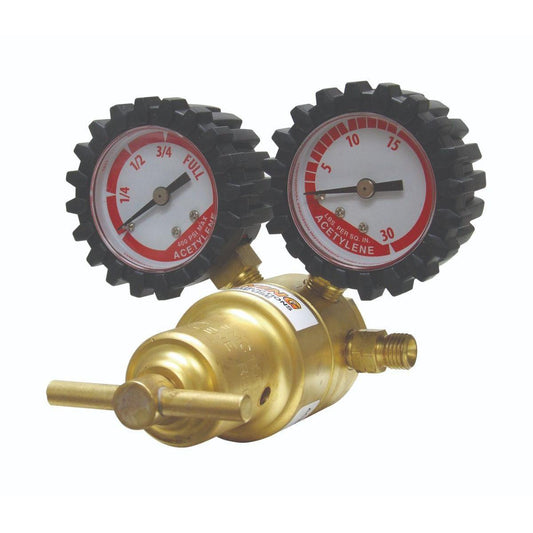Welding is a fundamental process in metal fabrication, and achieving high-quality welds requires not only skill but also the right combination of gases. Different welding processes and metals demand specific gas mixtures to ensure optimal results. In this guide, we will explore the various types of gases and mixture ratios essential for different welding techniques.

Shielding Gases for MIG Welding:
Metal Inert Gas (MIG) welding, also known as Gas Metal Arc Welding (GMAW), utilizes a consumable wire electrode. The primary purpose of shielding gases in MIG welding is to protect the molten weld pool from atmospheric contamination. Common shielding gases for MIG welding include Argon, Carbon Dioxide (CO2), Helium, and Argon-CO2 Mixtures.
Shielding Gases for TIG Welding:
Tungsten Inert Gas (TIG) welding, or Gas Tungsten Arc Welding (GTAW), involves a non-consumable tungsten electrode. TIG welding produces clean and precise welds, and the choice of shielding gas is crucial. Common shielding gases for TIG welding include Argon, Helium, and Hydrogen.
Gas Mixtures for Welding Different Metals:
Stainless Steel: Argon-Helium mixtures or pure argon are commonly used. Helium increases heat for better penetration.
Aluminum: Pure argon or argon-helium mixtures are suitable. Helium helps overcome aluminum's high thermal conductivity.
Carbon Steel: CO2 or argon-CO2 mixtures are cost-effective choices.
Argon-CO2 provides good penetration and minimal spatter.
Titanium: Argon is the preferred shielding gas for TIG welding titanium. Ensures a contamination-free weld.
Understanding the role of different gases and their mixture ratios is vital for achieving successful welds in various applications. Whether you're engaged in MIG or TIG welding, working with stainless steel or aluminum, selecting the right shielding gas is essential for producing high-quality and durable welds. Always refer to welding charts and guidelines to determine the optimal gas mixture ratios for your specific welding needs.
Gas Mixture Ratios for Combined Gases:
In some welding applications, combining multiple gases can offer unique benefits, such as improved arc stability, increased heat input, or enhanced penetration. Understanding the appropriate ratios for these gas mixtures is crucial for achieving the desired welding results.
Argon-CO2 Mixtures for MIG Welding:
When using a combination of argon and carbon dioxide for MIG welding, the ratio can vary based on the specific requirements of the job. Common ratios include 75% argon and 25% CO2 or 90% argon and 10% CO2. Adjusting the ratio allows for customization, influencing factors such as spatter levels, bead appearance, and penetration.
Argon-Helium Mixtures for TIG Welding:
TIG welding often benefits from combining argon with helium, especially when welding materials like aluminum. Ratios typically range from 75% argon and 25% helium to 50% argon and 50% helium. Helium enhances heat input, making it particularly useful for thicker materials.
Tri-Mix Gases for Stainless Steel Welding:
For welding stainless steel, a tri-mix gas combination may be employed, consisting of argon, helium, and CO2. Common ratios include 90% helium, 7.5% argon, and 2.5% CO2, or variations that suit the specific welding requirements. Tri-mix gases offer a balance of arc stability, heat input, and penetration for stainless steel applications.
Custom Mixtures for Specialized Applications:
Depending on the specific metal and welding conditions, welders may experiment with custom gas mixtures. It's essential to refer to welding charts, consult with experts, and conduct weld testing to determine the most effective ratios. Custom mixtures can optimize weld quality, reduce defects, and improve overall efficiency.
Understanding the intricacies of combining gases allows welders to tailor their shielding gas choices to meet the specific demands of each welding project. Experimentation and testing with different ratios can lead to discovering optimal combinations that enhance weld performance and overall welding success. Always document and record the results of these experiments to build a reliable reference for future welding endeavors.
If you're in Ohio, Michigan, or Indiana, Baker's Gas and Welding has all the gas you need! Reach out to one of our local storefronts for a gas fill up!





